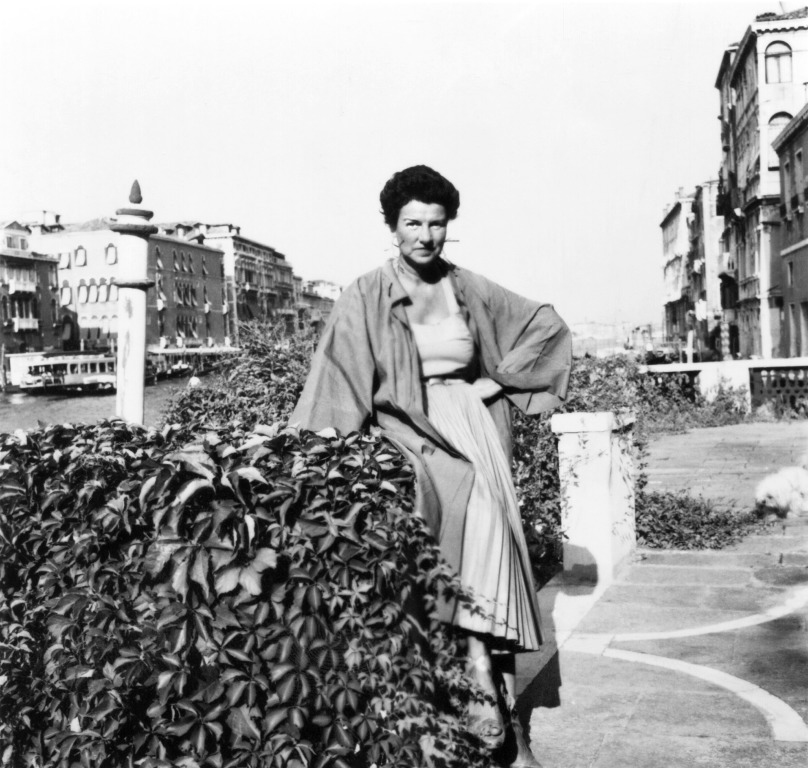Peggy Guggenheim: Art Addict

Full Description
Born into great wealth and yet experiencing a series of traumas that left her emotionally at odds with the world, the rebellious American socialite Peggy Guggenheim spent a lifetime—and a fortune—breaking society’s rules to become one of the preeminent art collectors of the 20th century and a tireless champion of the avant- garde. This absorbing documentary charts her journey from Jewish heiress (her financier father died in the sinking of the Titanic) to bohemian tastemaker, as she helped discover, support and promote the early careers of such talents as Wassily Kandinsky, Jean Cocteau, Salvador Dali, Louise Nevelson, Robert Motherwell and Jackson Pollock. In a hidebound, male-dominated art world, she was early on dismissed as a dilettante and a “shopper”; even the art foundation of her own uncle, Solomon Guggenheim (later of New York museum fame), accused her of “propagating mediocrity.” The film, richly illustrated with her collected artwork and containing rare, candid audio interviews with Peggy Guggenheim herself, makes a strong case that she was one of her generation’s truly liberated women, single-mindedly forging a groundbreaking career as an independent gallery ownerist and collector, while moving through an astonishing series of sexual liaisons (and the occasional marriage) with brilliant artists including Samuel Beckett, Constantin Brancusi, Paul Bowles, and Max Ernst.
Filmmaker Bio(s)
Lisa Immordino Vreeland has been immersed in the world of fashion and art for the past 25 years. She started her career in fashion as the Director of Public Relations for Polo Ralph Lauren in Italy and quickly moved on to launch two fashion companies, Pratico, a sportswear line for women, and Mago, a cashmere knitwear collection of her own design. Her first book was accompanied by her directorial debut of the documentary of the same name, Diana Vreeland: The Eye Has To Travel (2012). The film had its European premiere at the Venice Film Festival and its North American premiere at the Telluride Film Festival, going on to win the Silver Hugo at the Chicago Film Festival and the fashion category for the Design of the Year awards—otherwise known as “The Oscars” of design—at the Design Museum in London.
Director(s)
Country(ies)
Language(s)
w/English Subtitle
Release Year
Festival Year(s)
Running Time
96
